Kalanchoe plants are known for their unique appearance and stunning varieties. The most popular species is Kalanchoe blossfeldiana, cherished for its beautiful blooms. Let’s take a closer look at the appearance and different varieties of Kalanchoe.
Kalanchoe is a popular houseplant known for its beautiful blooms and low maintenance requirements.
Understanding Kalanchoe: Appearance and Varieties



Kalanchoe Appearance
Kalanchoe plants have succulent, oval-shaped leaves that are often scallop-edged, giving them a distinctive and charming look. These leaves store water, allowing the plant to withstand dry conditions and making them a perfect choice for low-maintenance gardening.
But what truly sets Kalanchoe apart is its breathtaking blossoms. Kalanchoe blossfeldiana, the most common houseplant variety, produces clusters of tiny flowers in a wide range of vibrant colors. From fiery reds and pinks to sunny yellows and oranges, as well as softer shades of salmon and white, these flowers add a pop of color and life to any space.
Kalanchoe Varieties
In addition to Kalanchoe blossfeldiana, there are many other captivating varieties of this plant. Each variety has its own unique appearance and characteristics, making it an exciting choice for plant enthusiasts and collectors.
Some popular Kalanchoe varieties include:
- Kalanchoe Tomentosa (Panda Plant): Known for its fuzzy, silver-tinged leaves that resemble the fur of a panda.
- Kalanchoe Thyrsiflora (Flapjack Plant): Characterized by its thick, paddle-shaped leaves that stack on top of each other like pancakes.
- Kalanchoe Luciae (Paddle Plant): Similar to the Flapjack Plant, the Paddle Plant also features striking, flat leaves, but with red-tinged edges.
- Kalanchoe Fedtschenkoi (Lavender Scallops): Exhibits lavender-colored, scallop-edged leaves that create a lovely contrast.
Meeting Light Requirements for Kalanchoe Plants
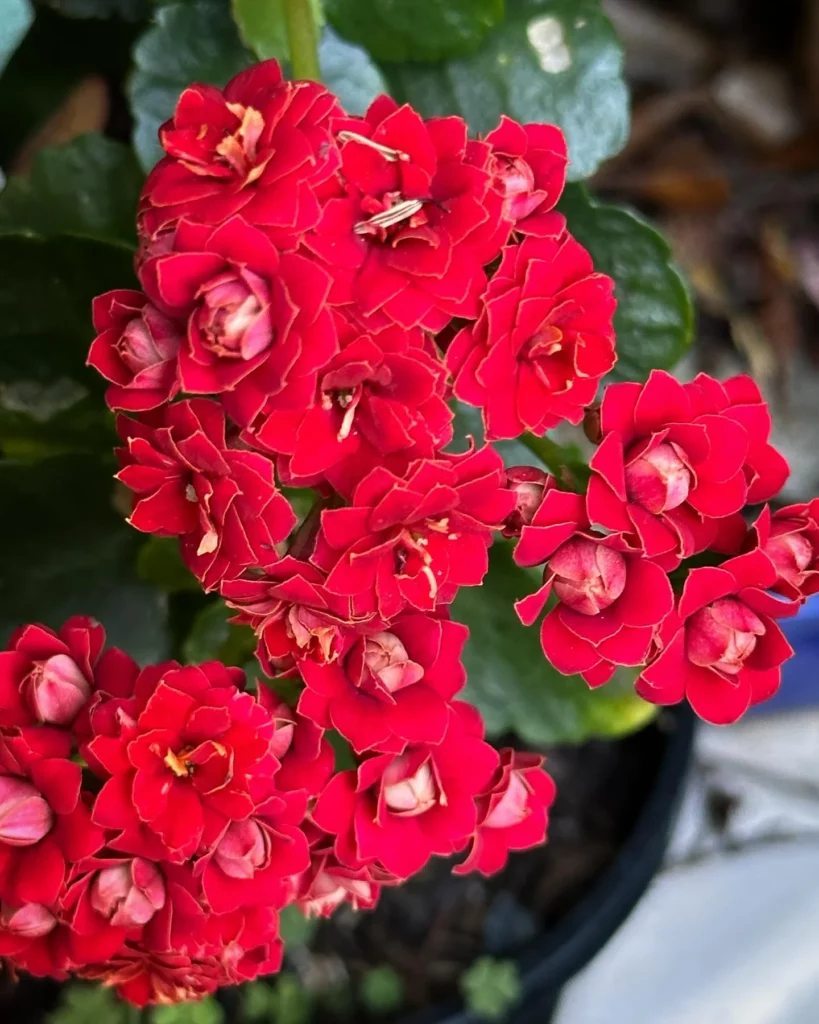
Kalanchoe plants require specific light conditions to thrive and produce vibrant blooms. Whether grown indoors or outdoors, understanding their light requirements is crucial for their growth and overall health.
Indoor Lighting for Kalanchoe Plants
When growing Kalanchoe plants indoors, it’s important to provide them with bright, indirect light. Placing them near a south or east-facing window will ensure they receive optimal lighting throughout the day. This allows the plants to absorb the necessary amount of light for photosynthesis, stimulating healthy growth and flower production.
Outdoor Lighting for Kalanchoe Plants
Outdoor Kalanchoes can be grown in a range of lighting conditions, depending on the variety. They can thrive in partial shade to full sun, as long as they are protected from the intense afternoon sun. If you are planting Kalanchoes in your garden, consider providing them with a spot that receives morning or late afternoon sun, avoiding direct exposure to the midday sun.
Kalanchoe Light Requirements: Key Considerations
The amount of light a Kalanchoe plant receives directly affects its growth and blooming. Here are some key considerations to keep in mind:
- Too much direct sunlight can cause the plant’s leaves to sunburn or become discolored.
- Insufficient light can lead to leggy growth and a lack of blooms.
- Indoor Kalanchoe plants may benefit from artificial lighting, such as fluorescent or grow lights, especially during the winter months when natural light is limited.
- Regularly rotate indoor Kalanchoes to ensure even exposure to light on all sides.
| Light Conditions | Indoor Kalanchoes | Outdoor Kalanchoes |
|---|---|---|
| Bright Indirect Light | Place near a south or east-facing window | N/A |
| Partial Shade to Full Sun | N/A | Grown in a spot with protection from intense afternoon sun |
No products found.
Watering Kalanchoe Plants: Finding the Right Balance
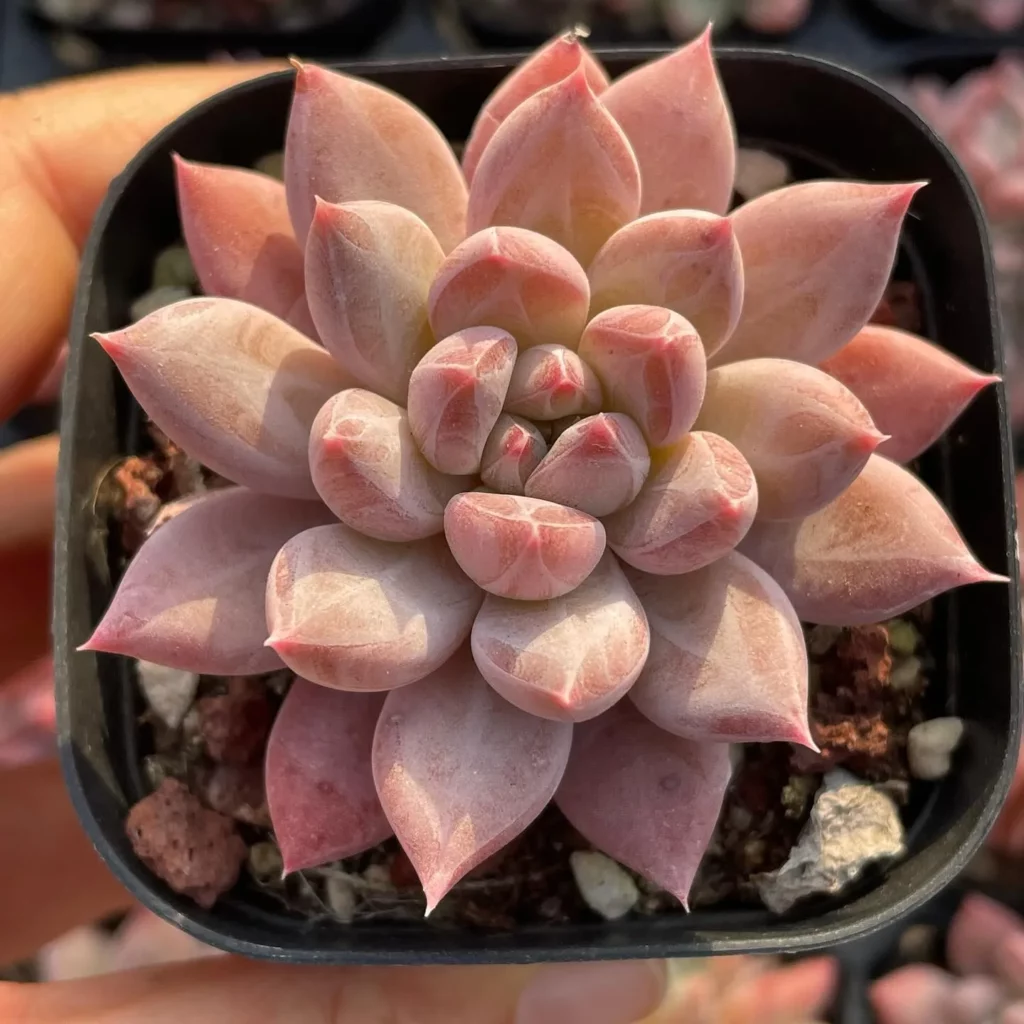

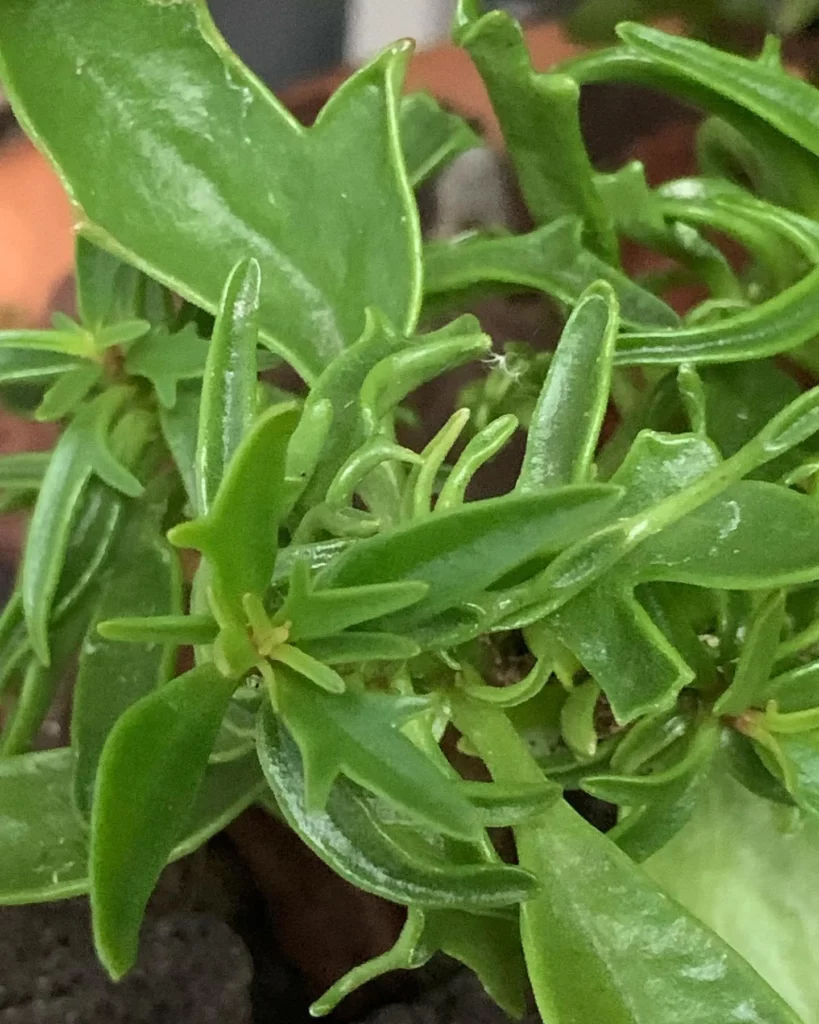
Kalanchoes are resilient succulent plants that have the ability to store water in their leaves, making them drought-tolerant. Proper watering is essential to maintain the health and well-being of your Kalanchoe. Finding the right balance between overwatering and underwatering is crucial for their growth and longevity.
When it comes to watering your Kalanchoe, the key is to allow the soil to dry out completely between waterings. Overwatering can lead to root rot and other fungal diseases, which can be detrimental to the plant’s overall health. On the other hand, underwatering can cause the plant to wilt and suffer from dehydration.
To ensure the best watering practices for your Kalanchoe, follow these guidelines:
- Check the soil moisture level before watering. Stick your finger about an inch into the soil; if it feels dry, it’s time to water.
- Water the Kalanchoe thoroughly, ensuring that water penetrates the root zone. A deep watering encourages the roots to grow deeper, making the plant more resilient.
- Allow the excess water to drain out completely. Kalanchoe plants do not like to sit in waterlogged soil, as it can lead to root rot.
- Avoid frequent, light waterings. It’s better to water less frequently but thoroughly to promote stronger root development.
- Observe the plant for signs of underwatering or overwatering. If the leaves appear shriveled or the plant is wilting, it may be a sign that it needs water. If the leaves are discolored, mushy, or rotting, it may be a sign of overwatering.
No products found.
| Signs of Overwatering | Signs of Underwatering |
|---|---|
| – Mushy or rotting leaves | – Wrinkled or shriveled leaves |
| – Foul smell from the soil | – Wilted appearance |
| – Yellowing or browning of leaves | – Slow growth or stunted size |
| – Root rot | – Dry and crispy leaves |
Fertilizing Kalanchoe: Providing Essential Nutrients
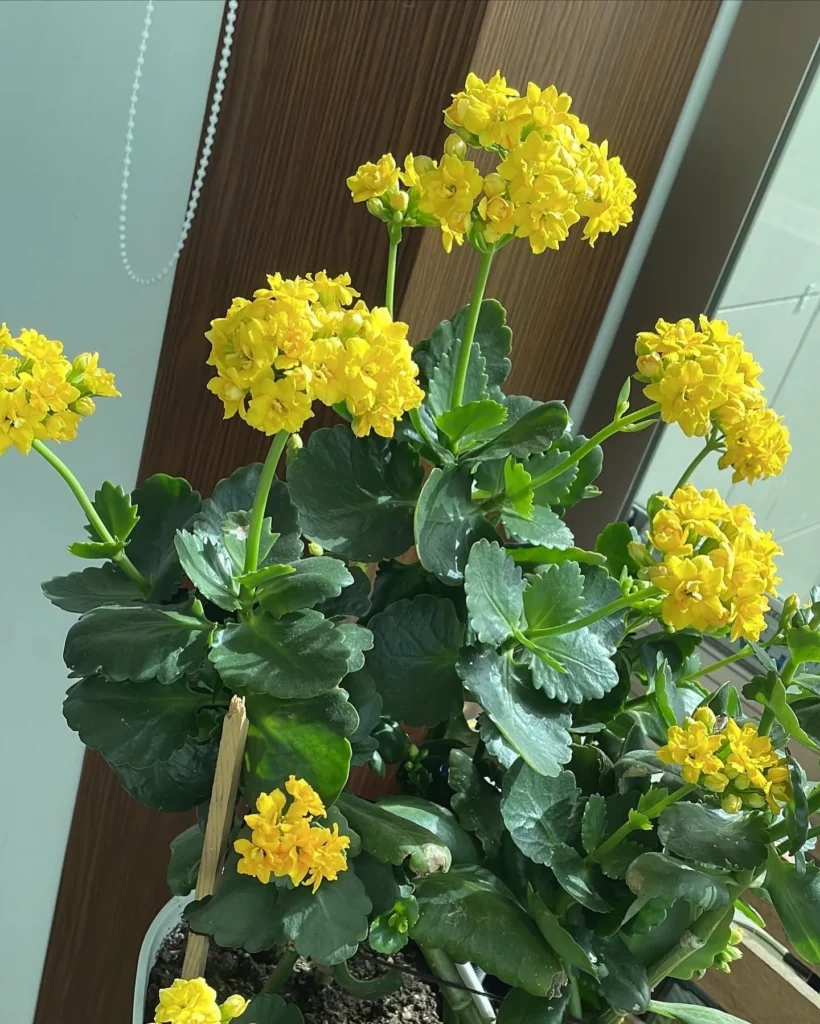
Proper fertilization is essential for the health and vitality of your Kalanchoe plants. While they don’t require frequent fertilizing, providing them with the right nutrients can promote healthy growth and vibrant blooms. Here’s everything you need to know about fertilizing your Kalanchoe:
1. Fertilizing Frequency
Indoor Kalanchoe plants should be fertilized once a month during the spring and summer months when they are actively growing. Outdoor garden plants, on the other hand, only need a light feeding in the spring to support their growth and development.
2. Choosing the Right Fertilizer
When fertilizing your Kalanchoe, opt for a balanced fertilizer blend with equal amounts of nitrogen (N), phosphorus (P), and potassium (K). This will provide the essential nutrients your plants need for healthy foliage and blooming.
3. Fertilizing Technique
To fertilize your Kalanchoe, dilute the fertilizer according to the instructions on the packaging. Apply the diluted fertilizer to the soil around the base of the plant, taking care not to splash it on the leaves or flowers. Water the plant thoroughly after fertilizing to ensure even distribution of the nutrients.
It’s important not to over-fertilize your Kalanchoe, as excessive nutrients can lead to salt build-up in the soil, causing damage to the roots. Stick to the recommended fertilizing frequency and dosage to maintain a healthy balance.
| Fertilizer Frequency | Fertilizer Dosage | Time of Application |
|---|---|---|
| Indoor Kalanchoes | Once a month | Spring and summer |
| Outdoor Garden Plants | Light feeding in spring | Early spring |
Potting Kalanchoe: Choosing the Right Medium

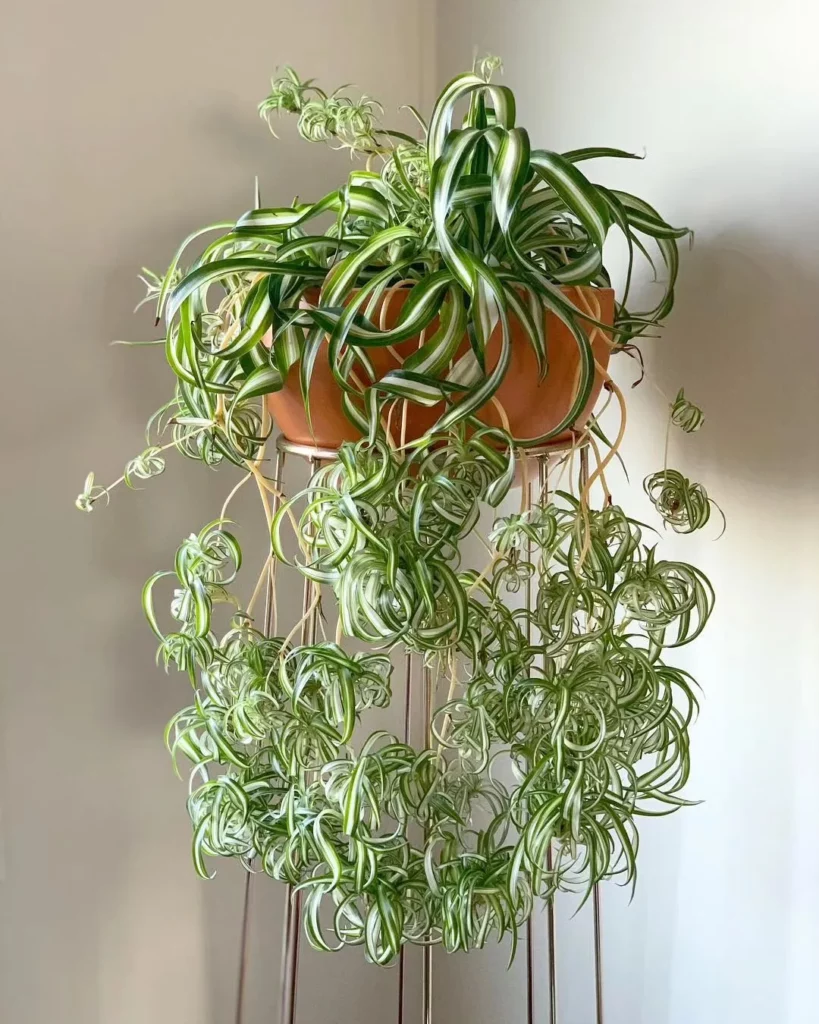

When it comes to potting your Kalanchoe plants, selecting the right medium is essential for their growth and health. Kalanchoes thrive in loose, loamy, sandy potting medium that allows for proper drainage and aeration. This ensures that excess water can easily flow through the soil, preventing waterlogged conditions that can lead to root rot.
For indoor Kalanchoe plants, a blend of potting soil and cactus mix or perlite is recommended. This combination provides the perfect balance of moisture retention and drainage. Potting soil provides the necessary nutrients for the plants, while cactus mix or perlite helps improve the soil’s ability to drain excess water.
On the other hand, outdoor Kalanchoes should be planted in well-drained, loamy or sandy soil. These types of soil allow water to pass through freely, reducing the risk of waterlogged roots. Additionally, loamy or sandy soil helps maintain the proper soil structure, ensuring that the roots have access to air.
Propagating Kalanchoe: Creating New Plants
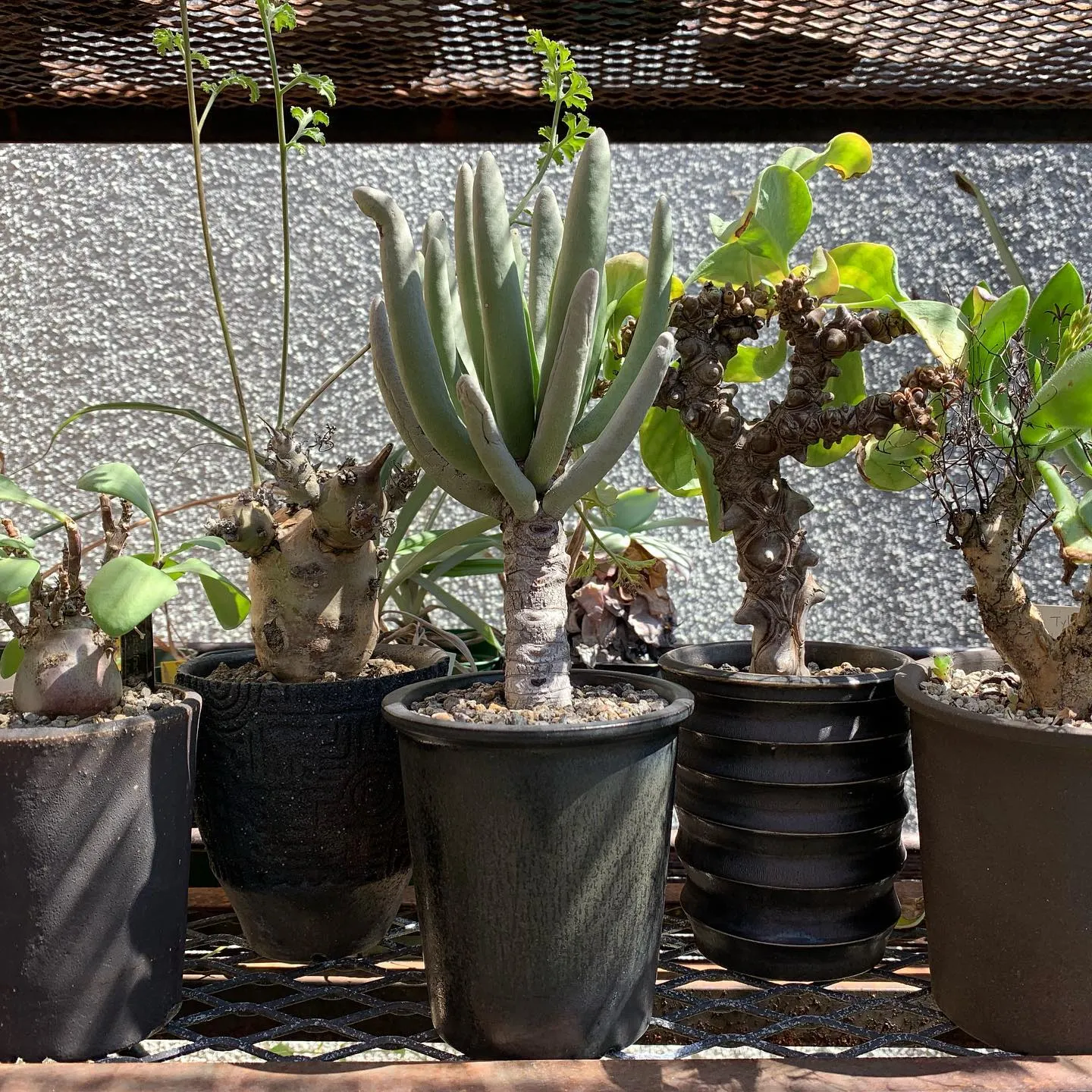
Expanding your collection of Kalanchoe plants is an exciting endeavor, and propagating them is a simple and rewarding way to do it. There are several methods you can use, including stem cuttings, leaf cuttings, and division.
Stem Cuttings
One of the most common ways to propagate Kalanchoe is through stem cuttings. To do this, simply take a healthy stem from the parent plant, making sure it’s at least a few inches long. Remove any leaves from the lower half of the stem and place it in a glass of water or directly into moist soil. Keep the cutting in a warm and bright location, and roots will start to develop within a few weeks.
Leaf Cuttings
Leaf cuttings are another effective method of propagating Kalanchoe. Gently remove a healthy leaf from the parent plant, making sure it’s intact with no tears or damage. Place the leaf on top of moist soil, pressing it gently into the surface. Keep the soil consistently moist and provide indirect light. Over time, a new plantlet will develop from the base of the leaf, growing into a new Kalanchoe plant.
Division
If you have a mature Kalanchoe plant that has grown large and bushy, you can divide it into separate plants. Carefully remove the entire plant from its pot and gently separate the root clumps into smaller sections, ensuring that each section has its own set of roots. Repot the divided plants into separate containers, using well-draining soil, and water them thoroughly. With proper care, each divided section will grow into an independent Kalanchoe plant.
Growth and Development of Kalanchoe Plants


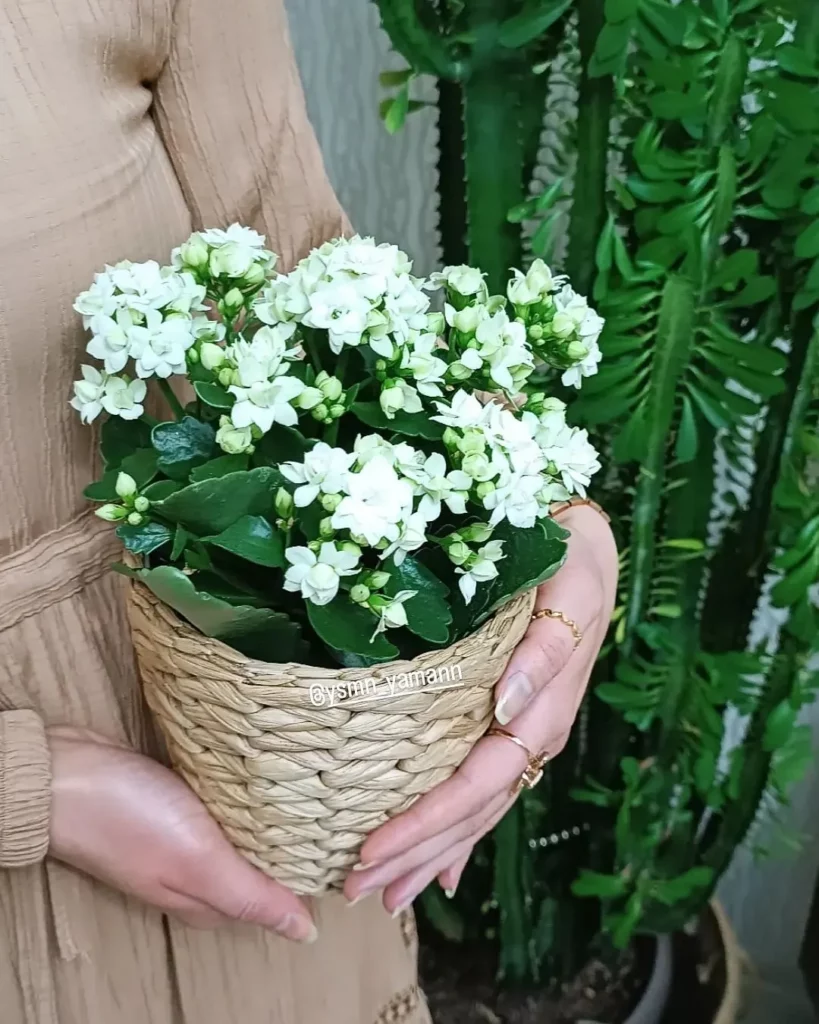
Kalanchoe plants have a slow growth rate and typically take several years to reach their mature size. The actual growth rate may vary depending on the specific variety of Kalanchoe you have. For example, the ‘Flaming Katy’ tends to reach a height of about 12 inches, while other varieties can grow as tall as two feet or even five to six feet. Understanding the growth and development patterns of Kalanchoe plants is essential for providing them with the proper care and maintenance they need to thrive.
The flowering cycle of Kalanchoe plants is also an important aspect to consider. Most Kalanchoe varieties bloom during the late fall, winter, or early spring months. These plants typically have a long flowering period that can last several weeks or even months. However, it’s important to note that the exact flowering cycle may vary depending on factors such as light exposure, temperature, and overall plant health.
Dealing with Pests and Diseases in Kalanchoe Plants

While Kalanchoe plants are generally resilient, it’s important to be aware that they can still be susceptible to pests and diseases. Common pests that may infest Kalanchoe include scale, mealybugs, aphids, and spider mites. These pests can cause damage to the leaves and affect the overall health of your plants.
In order to protect your Kalanchoe from these pests, it’s crucial to implement proper pest management techniques and regularly inspect your plants for any signs of infestation. This includes regularly checking the undersides of leaves, stems, and the soil for any pests or eggs. If you notice any signs of pest activity, take immediate action to prevent the infestation from spreading.
One effective method of pest management is to use organic insecticidal soaps or neem oil, which are safe for both the plant and the environment. These products can help control and eliminate pests without causing harm to your Kalanchoe. Additionally, you can manually remove pests by gently wiping them off with a damp cloth or using a soft brush to dislodge them.
No products found.
Common Pests in Kalanchoe Plants:
- Scale
- Mealybugs
- Aphids
- Spider Mites
Along with pests, Kalanchoe plants may also be susceptible to certain diseases, such as root rot or fungal infections. These diseases can be caused by overwatering, poor drainage, or lack of proper ventilation. To prevent diseases, it’s crucial to maintain a proper watering schedule and ensure that the soil is well-drained.
If your Kalanchoe does develop a disease, promptly remove any affected plant parts and adjust your watering practices to prevent further spread. Additionally, improving air circulation around your plants by providing adequate spacing and avoiding overcrowding can help reduce the risk of diseases.
Overwintering Kalanchoe: Protecting from Frost
Kalanchoe plants are not cold-tolerant and should be protected from frost, especially in colder climates. To ensure the survival and health of your Kalanchoe plants during the winter months, it is important to implement proper overwintering techniques and frost protection.
Bringing Indoors
When night temperatures are consistently dropping below 55 degrees Fahrenheit, it is recommended to bring your Kalanchoe plants indoors. Place them in a location with bright, indirect light, such as near a south or east-facing window. This will provide them with the optimal conditions to thrive during the winter.
Frost Protection
If you have outdoor Kalanchoes that cannot be brought indoors, you can use frost cloth or blankets to provide insulation and protect them from freezing temperatures. Cover the plants in the evening before the temperature drops and remove the coverings during the day to allow for proper air circulation.
Temperature Tolerance
Kalanchoe plants have a temperature tolerance range of 55 to 75 degrees Fahrenheit. They can handle slightly colder temperatures for short periods, but prolonged exposure to freezing temperatures can be detrimental to their health. Monitoring the temperature and taking necessary precautions will help ensure the survival of your Kalanchoe plants.
Conclusion
By following these easy care tips and tricks, you can successfully grow and maintain thriving Kalanchoe plants. Understanding their specific needs for light, water, and nutrition is crucial for their overall health and well-being. Providing bright, indirect light for indoor plants and partial shade to full sun for outdoor plants will ensure optimal growth and blooming.
Proper watering is essential, allowing the soil to dry out completely between waterings to prevent overwatering and root rot. Fertilizing once a month during the growing season will provide your Kalanchoe plants with the necessary nutrients for vibrant blooms.
Propagation is a fun way to expand your Kalanchoe collection. Stem cuttings, leaf cuttings, and division are effective methods that allow you to create new plants. Regularly inspecting your plants for pests and diseases, such as scale, mealybugs, and root rot, will help you prevent and manage any issues.
With proper care and attention, your Kalanchoe plants will thrive and enhance the beauty of your home with their vibrant and colorful blooms. Enjoy the easy care and the joy of growing these lovely plants!
FAQ
What is Kalanchoe?
Kalanchoe is a popular houseplant known for its easy care and vibrant blooms. It is a succulent plant with oval-shaped leaves and comes in various varieties, with the most common being Kalanchoe blossfeldiana.
What does Kalanchoe look like?
Kalanchoe plants have succulent, oval-shaped leaves that are often scallop-edged. They bloom with clusters of tiny, colorful flowers in shades of red, pink, yellow, orange, salmon, and white.
How much light does Kalanchoe need?
Kalanchoe plants grown indoors prefer bright, indirect light. They should be placed near a south or east-facing window. Outdoor Kalanchoes can be grown in partial shade to full sun, with protection from the intense afternoon sun.
How often should I water my Kalanchoe?
It is important to water Kalanchoe plants thoroughly, allowing the soil to dry out completely between waterings. Overwatering can lead to root rot, while under watering can cause the plant to wilt.
Should I fertilize my Kalanchoe?
Kalanchoe plants do not require frequent fertilizing, but they can benefit from a balanced fertilizer blend during the spring and summer months. Indoor Kalanchoes should be fertilized once a month, while outdoor garden plants only need a light feeding in the spring.
What kind of soil should I use for potting my Kalanchoe?
Kalanchoe plants thrive in loose, loamy, sandy, well-drained potting medium. For indoor plants, a blend of potting soil and cactus mix or perlite is recommended. Outdoor Kalanchoes should be planted in well-drained, loamy or sandy soil.
How can I propagate Kalanchoe plants?
Kalanchoe plants can be propagated through stem cuttings, leaf cuttings, and division. Stem cuttings can be rooted in water or soil, while leaf cuttings can be placed on moist soil to develop roots. Dividing a mature plant into separate plants is also an effective way to propagate Kalanchoe.
How fast do Kalanchoe plants grow?
Kalanchoe plants are generally slow-growing and take several years to reach their mature size. The growth rate may vary depending on the variety of Kalanchoe.
Are Kalanchoe plants prone to pests and diseases?
While Kalanchoe plants are generally resilient, they can still be susceptible to pests such as scale, mealybugs, aphids, and spider mites. They may also be susceptible to diseases like root rot or fungal infections. Proper pest management and regular inspection can help prevent and control infestations.
How do I protect my Kalanchoe from frost?
Kalanchoe plants are not cold-tolerant and should be protected from frost, especially in colder climates. It is recommended to bring them indoors before night temperatures drop below 55 degrees Fahrenheit. Outdoor Kalanchoes can be covered with frost cloth or blankets for insulation.




